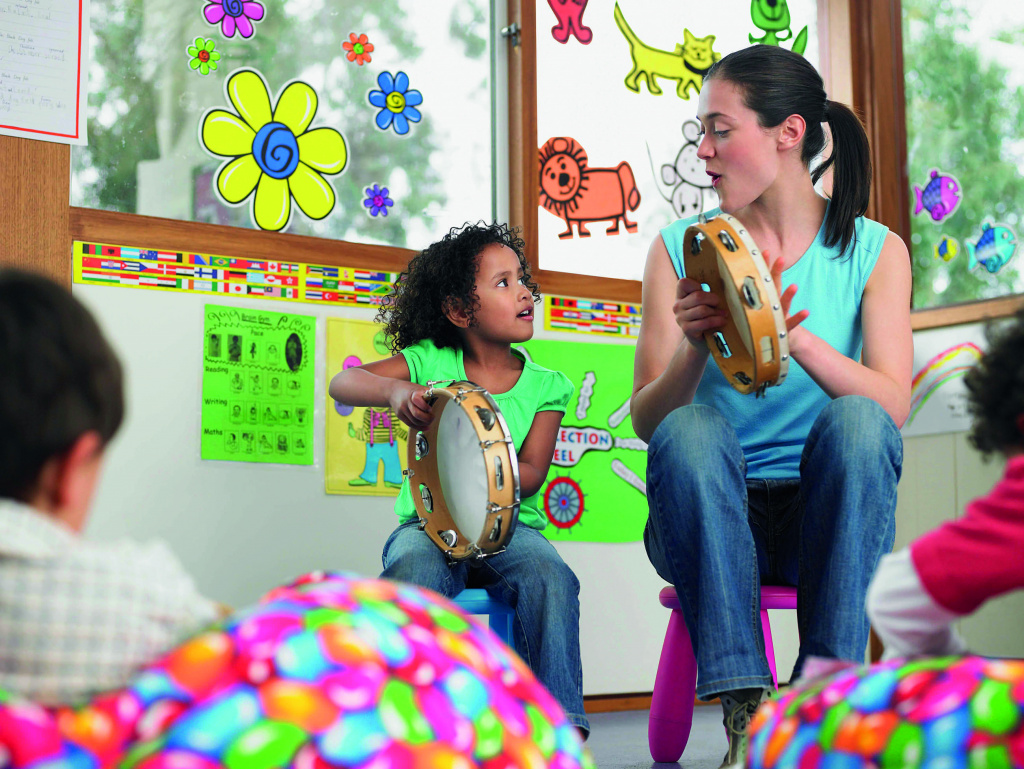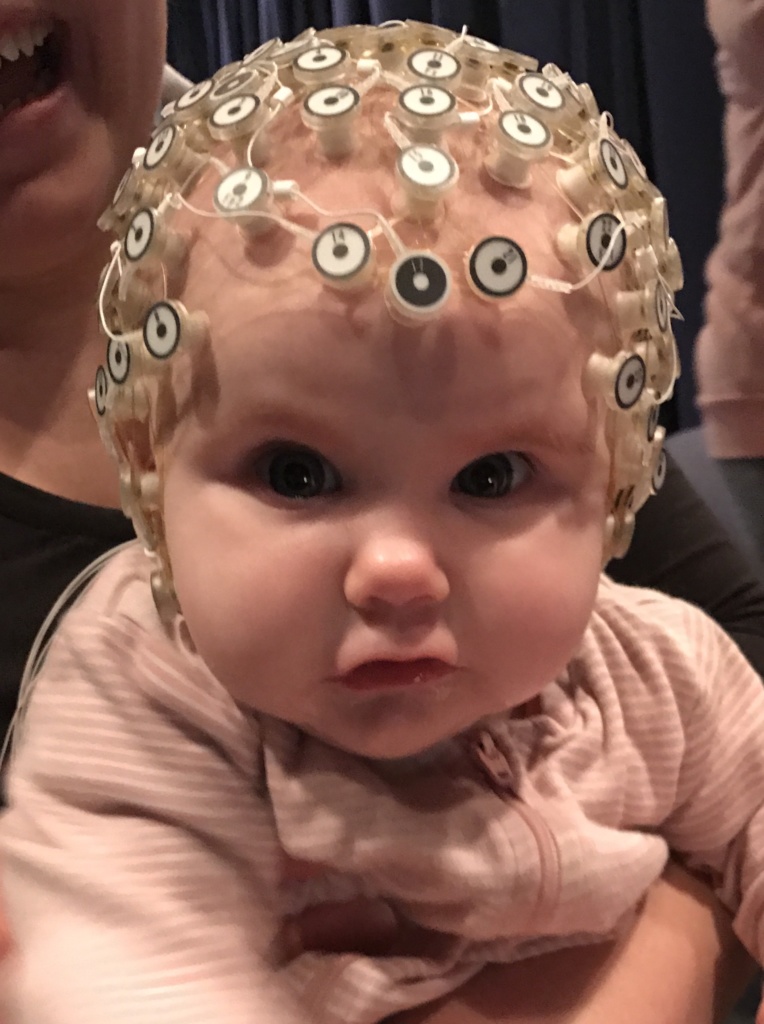
When you walk into a school for the very first time, what strikes you first? Is it how the entrance looks, the temperament of the administration staff that greet you or even how the reception room smells? For me it is how the school sounds.
It might surprise you that your hearing is probably the first sense you also use to assess your new surroundings in a school. However, we tend to defer to our sight to take in the most important information we think we need. Yet new research has found that our ears are our first and greatest information gathering sense, and they never turn off.
This research comes from a line of inquiry that is slightly left field – a combination of neuroscience and music, sometimes called neuromusical research. Over two decades ago now, neuroscientists discovered that listening to music created an unprecedented response in the brain. While reading or solving a math problem lit up small and discreet parts of the brain, listening to music looked like fireworks all over the brain.1 One of the pioneering researchers in this field, Robert Zatorre, put forward that “listening to and producing music involves a tantalizing mix of practically every human cognitive function” (2005).
Since this initial discovery, an enormous body of research has been conducted using music as a tool to uncover how the human brain works. For a moment, think about music as patterns of sound, not your favourite song or the way it makes you feel. Wherever you are reading this article, you are processing the patterns of sound around you. These patterns might be from an air conditioner or the train wheels, from the intermittent sound of a door opening and slamming or from the sound of a coffee machine whirring. All around you are sounds, you could think of it as the music of your environment, and your brain is processing all of those patterns for information and meaning without you being consciously aware of it.
Soon after the researchers started using music as a tool to explore how the human brain processed sound, they made another startling discovery. When they compared the sound or auditory processing networks of musically trained participants with non-musicians, they found significant differences. Musically trained participants (they began with adults and then tracked backwards to young children) processed sound for information faster, with greater accuracy and using less brain energy or activity when compared to non-musicians (Krauss & Chandrasekaran, 2010). This seems obvious–if children engage in an activity that focuses on improving their listening or auditory skills, it should follow that they should be better at them. The most important connection found was that the improved auditory processing connects strongly with children’s capacity for learning (Moreno et al., 2011).
Learning through our ears
Why have humans, across every culture, developed something called music when no other species on the planet has done so? Along with trying to understand how the brain grows and works, this question has been a hot topic for both neuroscientists and psychologists. Have humans developed it for enjoyment, to encourage connections between people or to develop our brains? Laurel Trainor put forward the notion that music has both survivalist and developmental purposes and that we may use it at different times and in different ways (2006). One of those ways is to specifically support the ability for humans to learn and use language to communicate.
